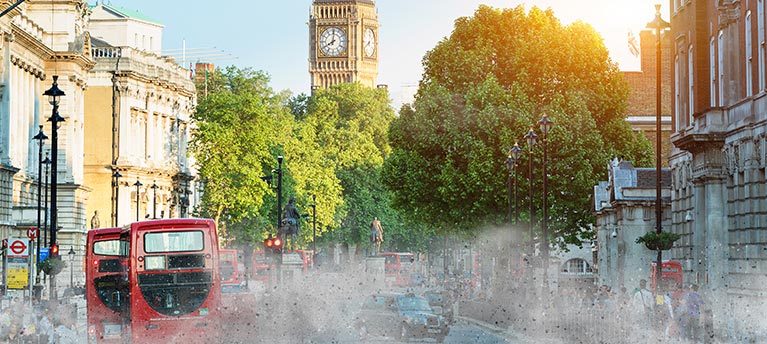

Cleaner air for a greener London
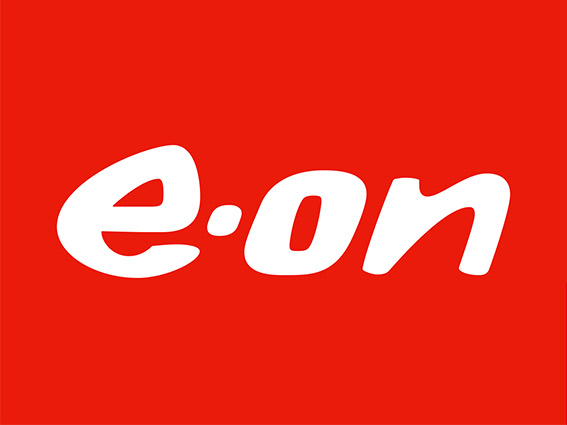
How E.ON is breaking new ground with renewable energy
Leke Oluwole is general manager on E.ON’s project to decarbonise its flagship district heating scheme in the City of London, capturing renewable heat from 200m below the capital to provide heating and cooling to buildings across the Square Mile – with a 50% smaller carbon footprint.
Clean air is a basic human right. It’s not a privilege, it’s not something that some people should be able to have, and others can’t because they can’t afford it. It’s something we should all have access to.
The basic challenge we face is that cities are getting more dense; more people and greater energy demand, but less space and greater constraints. You need solutions that can work with the problem of limited space and increased energy demand but still be sustainable.
There is no single solution to those energy problems. But change is under way, and our Citigen district heating plant is helping to lead that charge. With Citigen we were set the challenge of creating something that contributes not only to improving London’s air quality but also helps with the city's zero carbon ambitions as well.
In our solution we’re drilling below ground because there is existing energy beneath London’s streets that is clean and renewable.
Action for Climate
The climate crisis can no longer be ignored. The devastating effects of fossil fuel dependence must be reversed and positive action is the only way forward. Now is the time for change. Find out how, together, we’re taking action for climate right now.
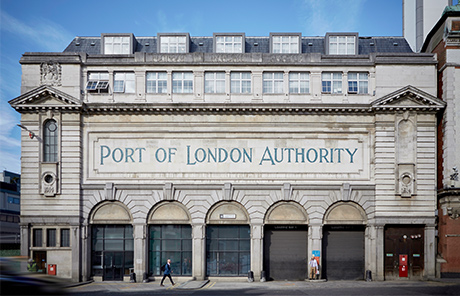

The Citigen energy centre, located in the historic Port of London Authority and Smithfield Cold Store buildings in the heart of the City, has undergone a series of transformations over the decades. Over the years the original coal-fired power station has been upgraded many times, from coal to oil to high efficiency gas CHP engines. Now we’re able to capture naturally available energy from underneath the city streets in order to decarbonise heating for connected buildings across the Square Mile.
What is Citigen?
The City of London is the beating heart of the financial and business centre in the capital. It has its own ambitious sustainability agenda, with the eventual aim of becoming a zero emissions city, making it a cleaner and greener place for everyone who visits, works and lives in it.
Citigen is a hidden power station in the heart of the City, supplying its own decentralised heat network with a lower carbon and more cost-efficient source of energy, right into buildings across the heart of The City.
The network covers more than 6km of heating pipes and 5km of cooling to commercial and residential properties, including the Guildhall, the Museum of London and the Barbican Centre. Citigen is a key part of the solution for the City of London’s environmental targets.
One of the key benefits of a district heating scheme is that new, cleaner technologies can be swapped in with little or no disruption to customers. Instead of replacing individual heating and cooling technologies in hundreds of homes or dozens of business premises, one change inside our energy centre brings benefits to all the buildings connected to our supply in one go.
Today, Citigen is harnessing energy from the London Aquifer, one of many natural reserves of geothermal heat. The aquifer is 200 meters below the streets of London - more than three times deeper than the deepest Underground station.
The water in the aquifer is warmed by the earth to a constant 14˚C and we can extract this heat from the water, passing it up through the new heat pumps we’ve just installed at Citigen (London’s and possibly the UK’s largest!) to boost the temperature to a more useable 80˚C for heating in buildings. Alternatively, we can take the temperature down to 6˚C so it can be used for cooling during the summer months. The full system can generate enough renewable energy for the equivalent heating needs of 13,600 homes, distributed through our heating and cooling network which snakes through the City.
The decarbonisation project had its challenges, such as drilling 75cm wide boreholes down through busy streets and through brick vaults dating back to 1890 of a Grade II listed building. The vast heat pumps themselves – each the size of a shipping container - were installed two storeys below street level, which brought its own complications when they were delivered into central London. These challenges were all compounded by the constraints of working during the pandemic but the works were completed thanks to the efforts of the whole team E.ON and our partners included Islington Council, the Environmental Agency, Ramboll and the City of London Corporation.
Citigen is a great example of what we can do to decarbonise our cities, and I’m incredibly proud of our team for overcoming all the challenges and making this concept a reality.
Using this new heat pump technology, Citigen’s CO2 emissions are expected to be 30% lower by early 2023 - the equivalent of taking 140 cars off the road per year - and we’re working towards achieving a 50% reduction in emissions in the months to come.
But the story doesn’t end there. We have big plans to develop and extend Citigen’s reach to build a broader network across London that can serve more customers and may even take advantage of new sources of otherwise untapped heat potential.
What we do know for certain is that cities will require smarter, local energy systems that are sustainable – driving the economy and looking after the environment for future generations.
Everyone thinks they can change the world and with Citigen we hope we’ve found a way to show that it’s possible.


Written by Leke Oluwole
Leke Oluwole is a Chartered Engineer with the Institute of Mechanical Engineers, with a degree in Mechanical Engineering. He is the General Manager of Citigen, one of E.ON’s decentralised city energy systems and has worked across roles in design, commissioning and operations since joining E.ON in 2015.
Share to:


Your business
There’s no such thing as an ‘average’ business, so we take a look at how companies like yours (and your rivals) are changing the way they think about energy to earn a competitive advantage.
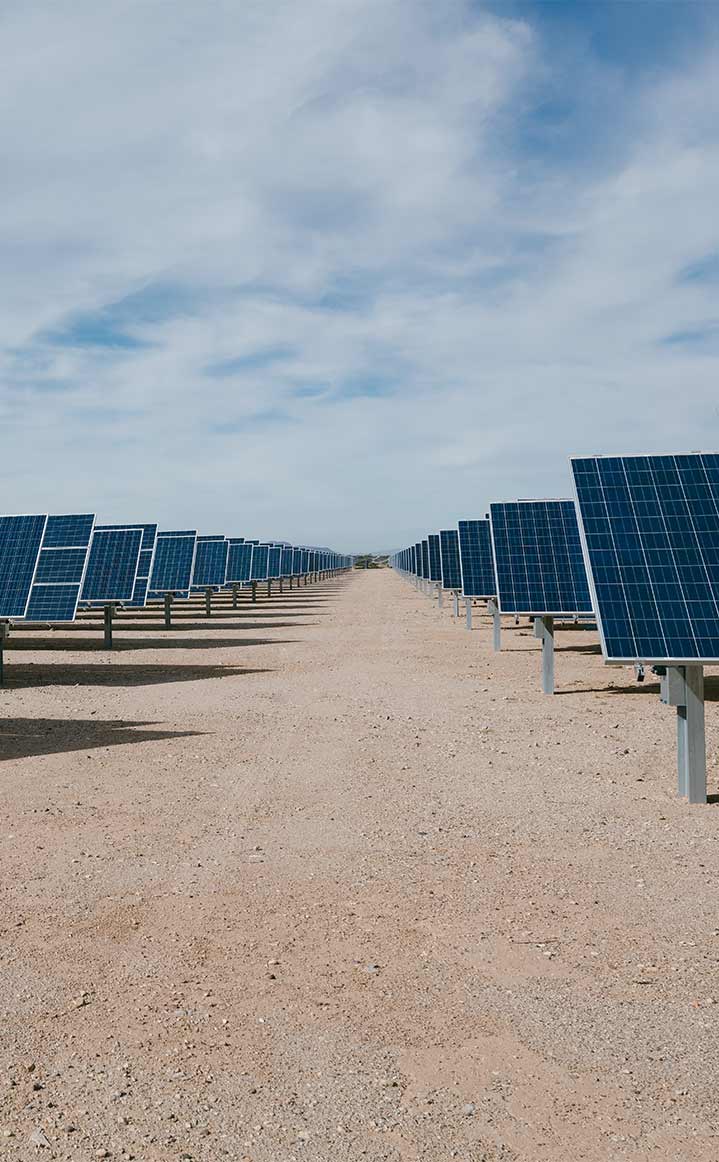
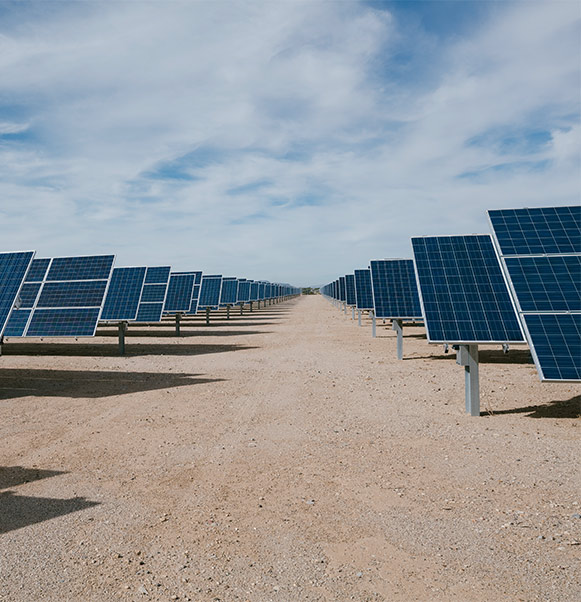
Tomorrow is .on
This is the new energy world – smart, personalised and sustainable – and a look at the global trends and cultural shifts driving the shift towards sustainability across the planet.


Going greener
Whether you’re driven by environmental and social concerns, or responding to customer demand, we take a look at the opportunities offered by renewable and sustainable business solutions.